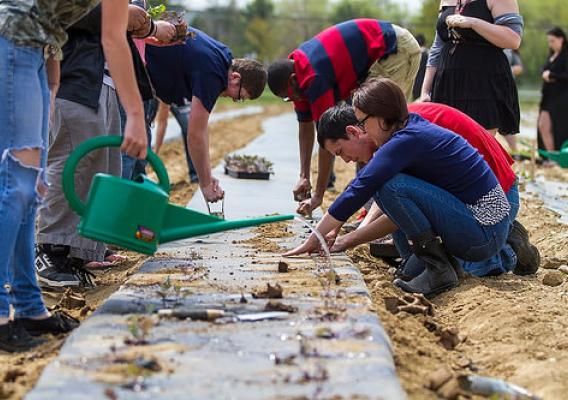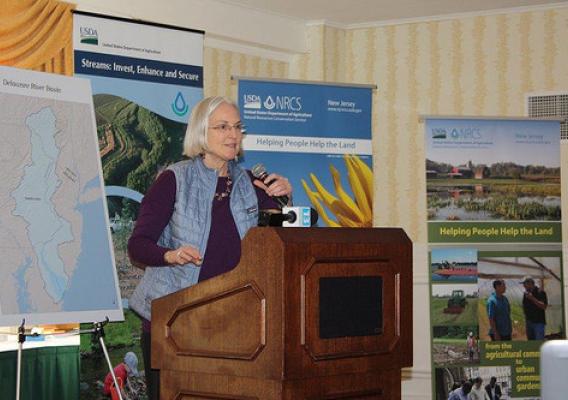The Census of Agriculture is the most complete account of U.S. farms and ranches and the people who operate them. Every Thursday USDA’s National Agricultural Statistics Service will highlight new Census data and the power of the information to shape the future of American agriculture.
The New Year is upon us and we are resuming our Census of Agriculture profile blog series. It’s fitting that Delaware is profiled first in 2015, because Delaware’s nickname is “The First State” because it was the first of the 13 original states to ratify the United States Constitution on December 7, 1787.
Although Delaware is the 2nd smallest state in the nation, its value of agricultural production exceeds that of 10 larger states. According to the 2012 Census of Agriculture, Delaware had 2,451 farms which produced $1.3 billion in agricultural sales. That works out to an average of $520,000 per farm and ranks Delaware #2 in the nation behind California in per farm sales! Delaware ranks #1 nationally in the value of agricultural sales per farmland acre at $2,505 and also for lima bean production.









